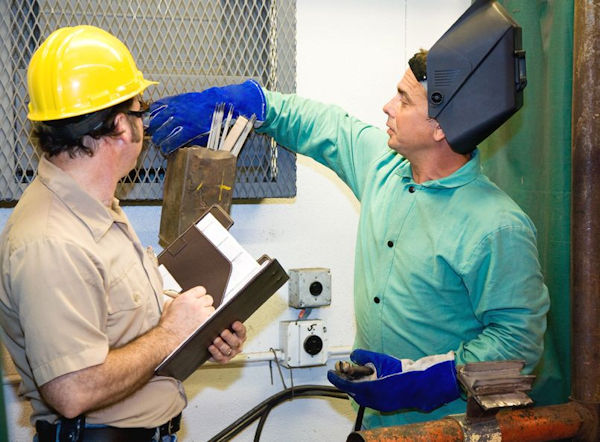Identifying Hazards
Introduction
The first step in controlling workplace hazards is to first identify them. We want to determine what hazards are present.

Once hazards are identified, you'll conduct an analysis to examine more closely the nature of the hazard. You want to know what it looks like, what kind of accidents might it cause, and how severe the resulting injuries might be. Analysis requires that each item or component be examined to see how it relates to or influences the whole.
Safety inspections should do more than simply identify hazardous conditions. They should provide useful data for the purpose of effective analysis and evaluation of the safety management system.
There are five basic methods you can use to identify workplace hazards before an accident occurs:
- informal observations, and formal observation programs;
- comprehensive company-wide surveys;
- individual interviews;
- walk-around inspections; and
- documentation review.
As we'll learn, observing work each day is extremely important in identifying hazards. Surveys take advantage of employee awareness of the presence of workplace hazards. Interviews are valuable in uncovering hazardous conditions, unsafe work practices, and their root causes. Walk-around inspections are useful to locate hazardous conditions and, to a lesser degree, unsafe work practices in the workplace. Reviewing documentation such as the OSHA 300 Log, safety committee minutes and accident reports also helps to determine workplace hazards. Now, let's take a look at each of these five methods or "tools" to identify hazards.
Knowledge Check Choose the best answer for the question.
3-1. What is the first step in controlling workplace hazards?
You forgot to answer the question!
